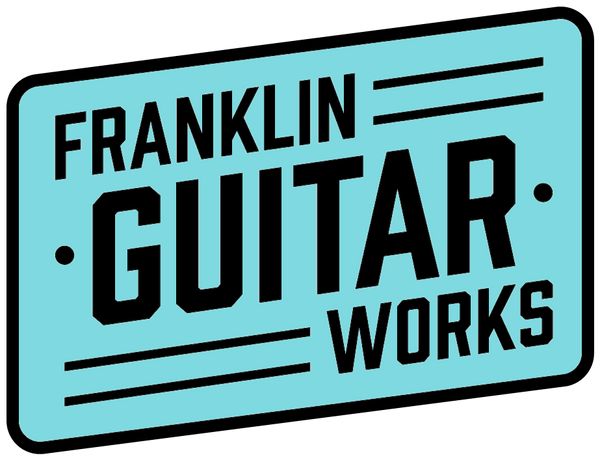History of Seymour Duncan: The Evolution of Iconic Pickups
Share
Few names in the guitar industry are as synonymous with tone and innovation as Seymour Duncan. From humble beginnings to becoming one of the most respected brands in guitar pickups, Seymour Duncan’s journey is a testament to passion, craftsmanship, and an unwavering commitment to quality. Here, we explore the history of Seymour Duncan and the evolution of their iconic pickups.
The Early Days
The story begins with Seymour W. Duncan, a guitarist and gear enthusiast whose fascination with tone started in the 1960s. While repairing a broken Telecaster pickup, Duncan began experimenting with rewinding techniques, igniting a lifelong passion for pickups. Inspired by legends like Les Paul and Seth Lover, Duncan dedicated himself to studying the mechanics of guitar pickups and the science behind their sound.
In the late 1960s, Duncan moved to London, where he worked with some of the era’s most iconic guitarists, including Jeff Beck, Jimmy Page, and Eric Clapton. His reputation as a skilled pickup technician grew rapidly, and his custom rewinds became highly sought after by professional musicians seeking to perfect their tone.
The Birth of Seymour Duncan Pickups
In 1976, Seymour Duncan, alongside his partner Cathy Carter Duncan, founded the Seymour Duncan Company in Santa Barbara, California. The company’s mission was simple: to craft high-quality pickups that would inspire guitarists worldwide. Drawing on Duncan’s years of experience and technical expertise, the company quickly gained a reputation for producing pickups that offered unparalleled tone and versatility.
One of the company’s first major successes was the SH-1 ‘59 Model, a faithful recreation of the legendary PAF humbuckers. This pickup captured the warmth and clarity of the original design while offering modern reliability, making it a favorite among guitarists seeking vintage tone. From there, Seymour Duncan expanded its product line to include a wide range of pickups for various styles and instruments.
Innovation and Expansion
Throughout the 1980s and 1990s, Seymour Duncan continued to innovate, introducing pickups that catered to the evolving needs of guitarists. The JB (SH-4) and Jazz (SH-2) pickups became staples for players seeking high-output, versatile tones, while the Hot Rails series provided a powerful humbucking sound in a single-coil format. These pickups solidified Seymour Duncan’s reputation as a brand that could meet the demands of both traditionalists and modern players.
The company also began collaborating with renowned artists to create signature pickups, tailored to their unique sound. These partnerships included pickups for Yngwie Malmsteen, Dave Mustaine, and Mark Holcomb, among others, ensuring Seymour Duncan pickups were featured in every genre, from metal and rock to jazz and country.
Commitment to Craftsmanship
What sets Seymour Duncan apart is its dedication to hand-crafted quality. Even as the company has grown, many of its pickups are still wound by hand in its California factory, ensuring each unit meets the highest standards. The company also embraces cutting-edge technology, producing active pickups like the Blackouts series and multi-voice pickups like the Hyperion, catering to modern, high-performance needs.
The Legacy of Seymour Duncan
Today, Seymour Duncan pickups are used by countless guitarists worldwide, from bedroom players to stadium headliners. The company’s unwavering commitment to innovation and quality has made it a cornerstone of the music industry, and its pickups have become an integral part of the electric guitar’s evolution.
From vintage recreations to modern masterpieces, Seymour Duncan’s legacy is one of passion, precision, and an enduring love for music. Whether you’re a seasoned professional or a budding guitarist, Seymour Duncan pickups are designed to help you find your unique voice and inspire your playing for years to come.
